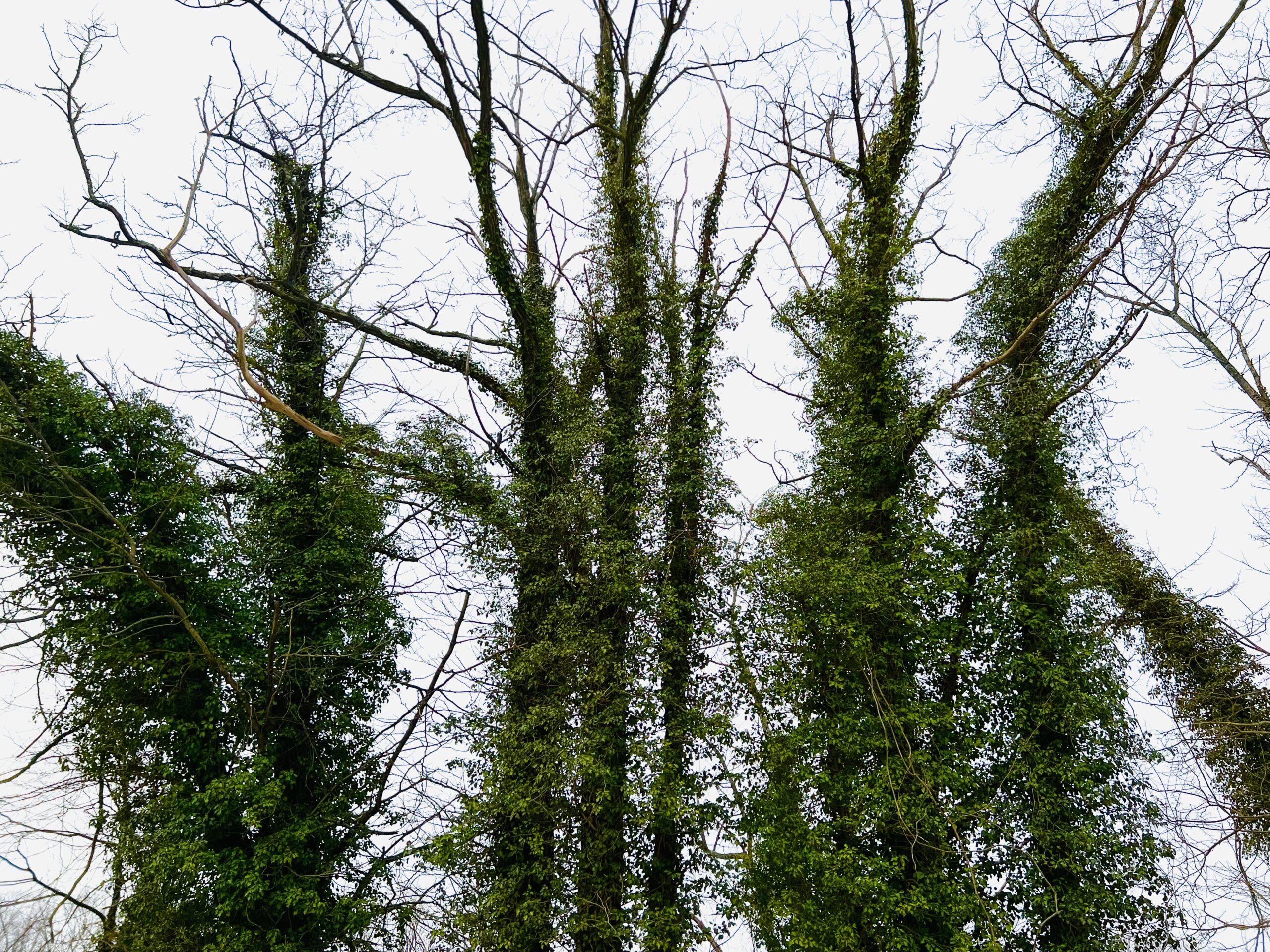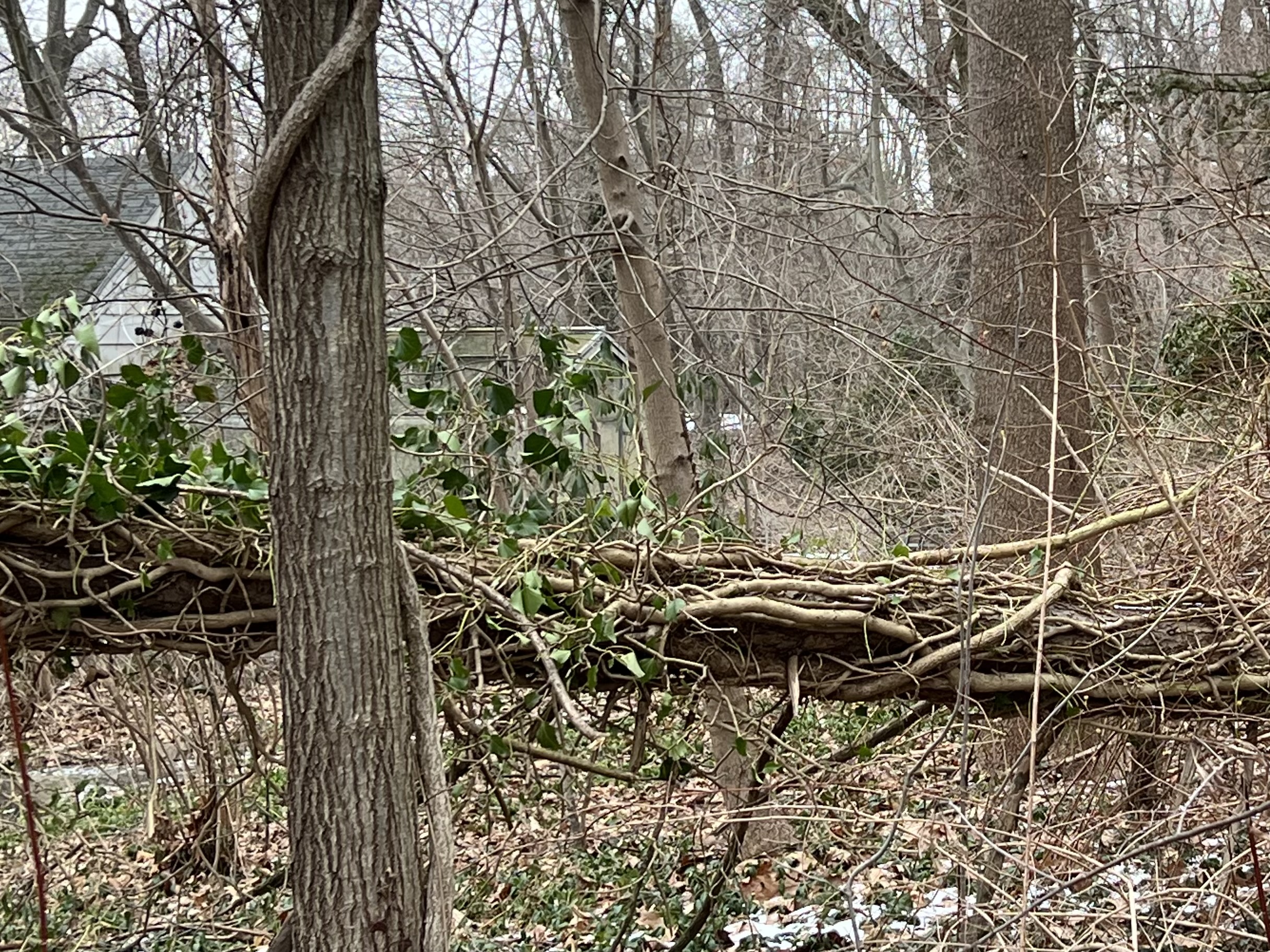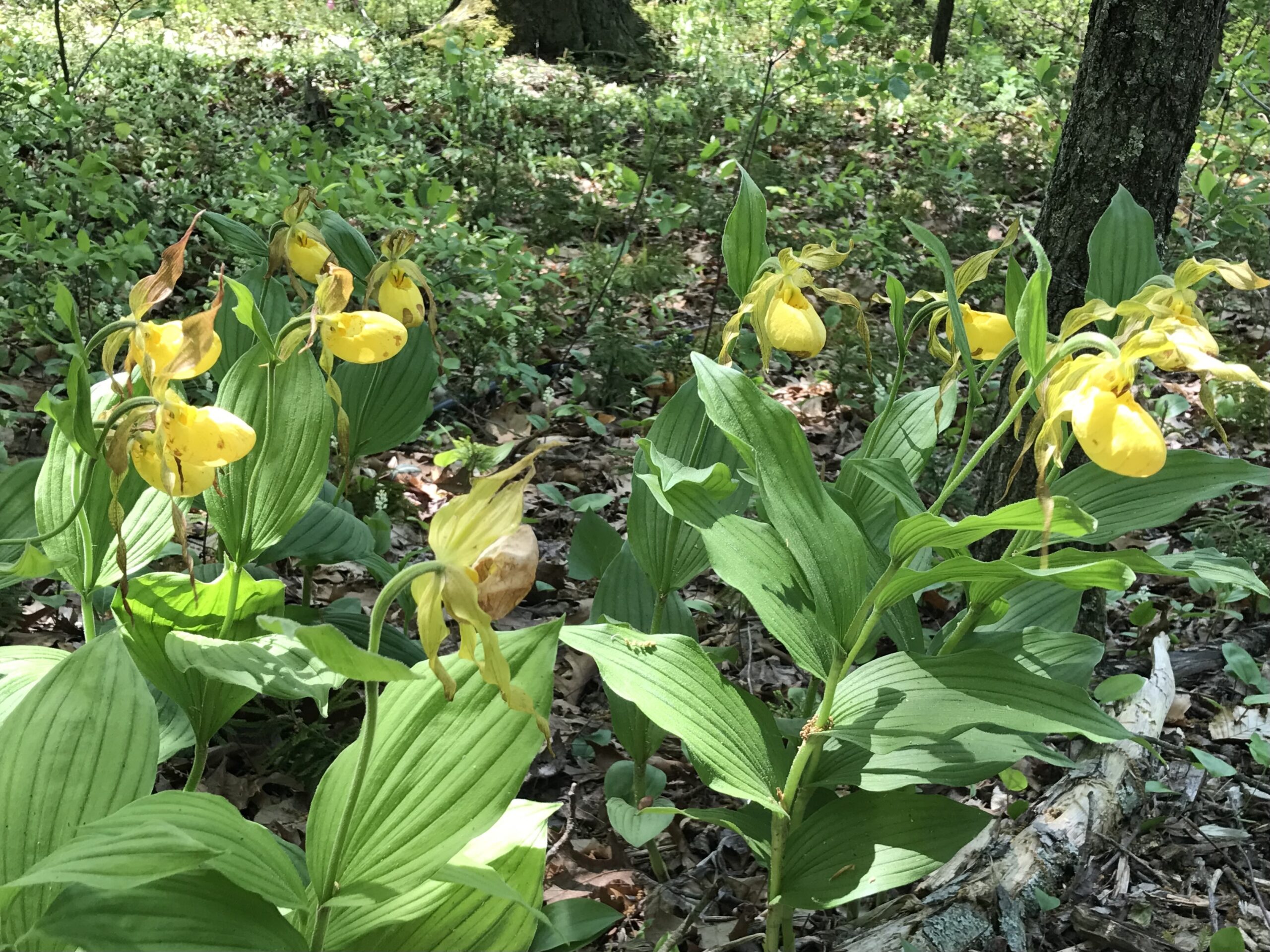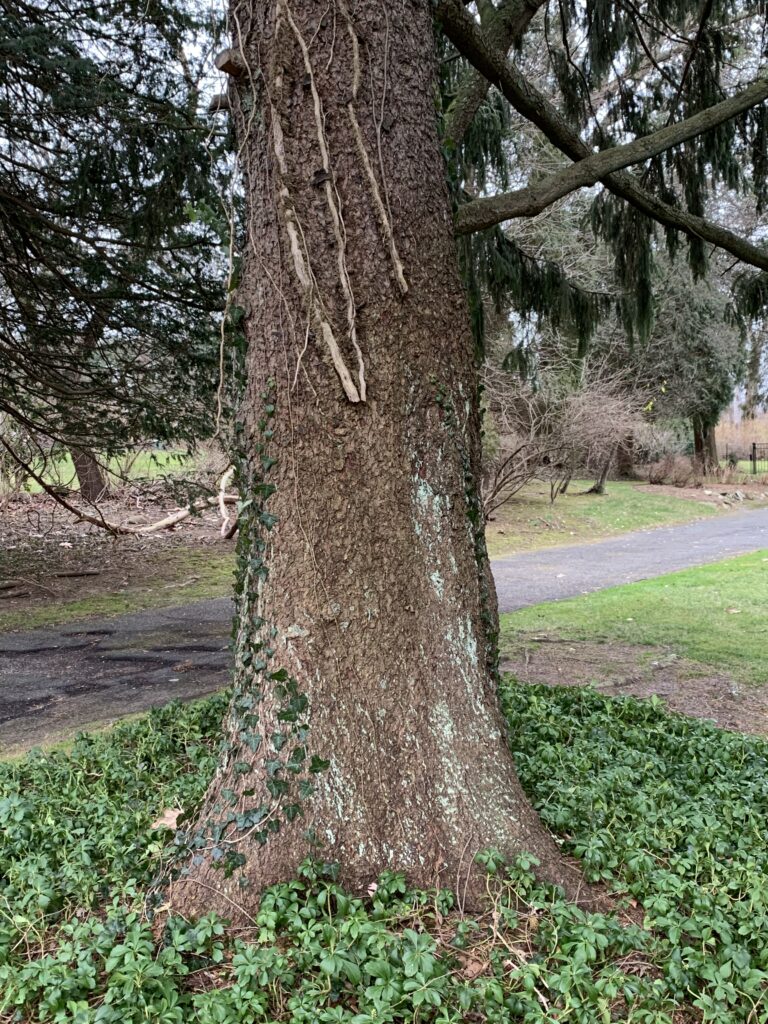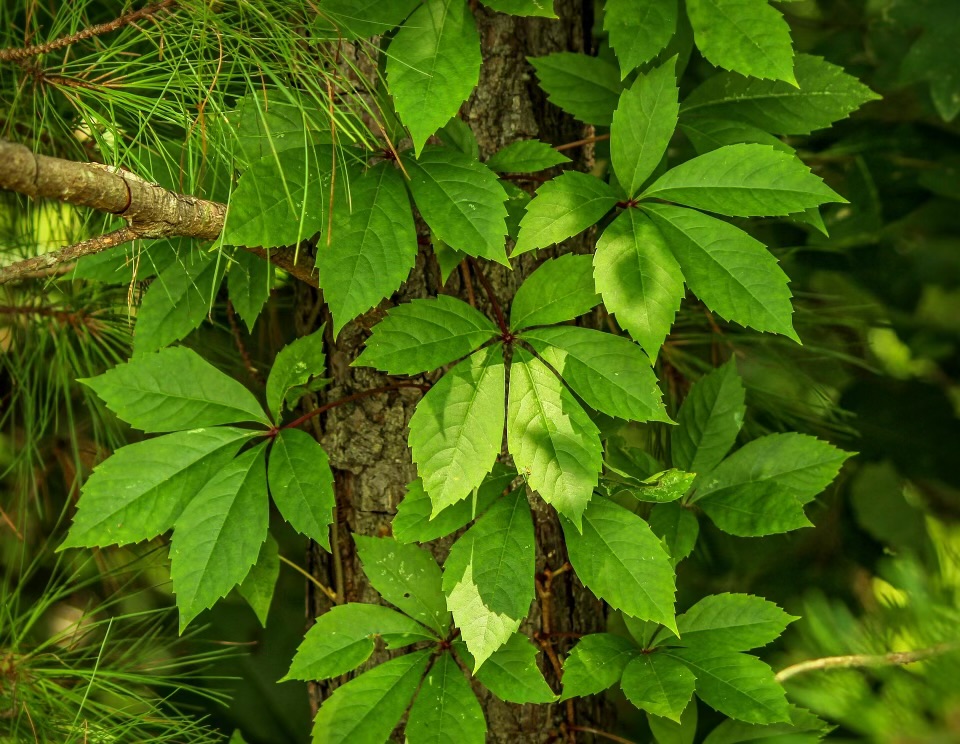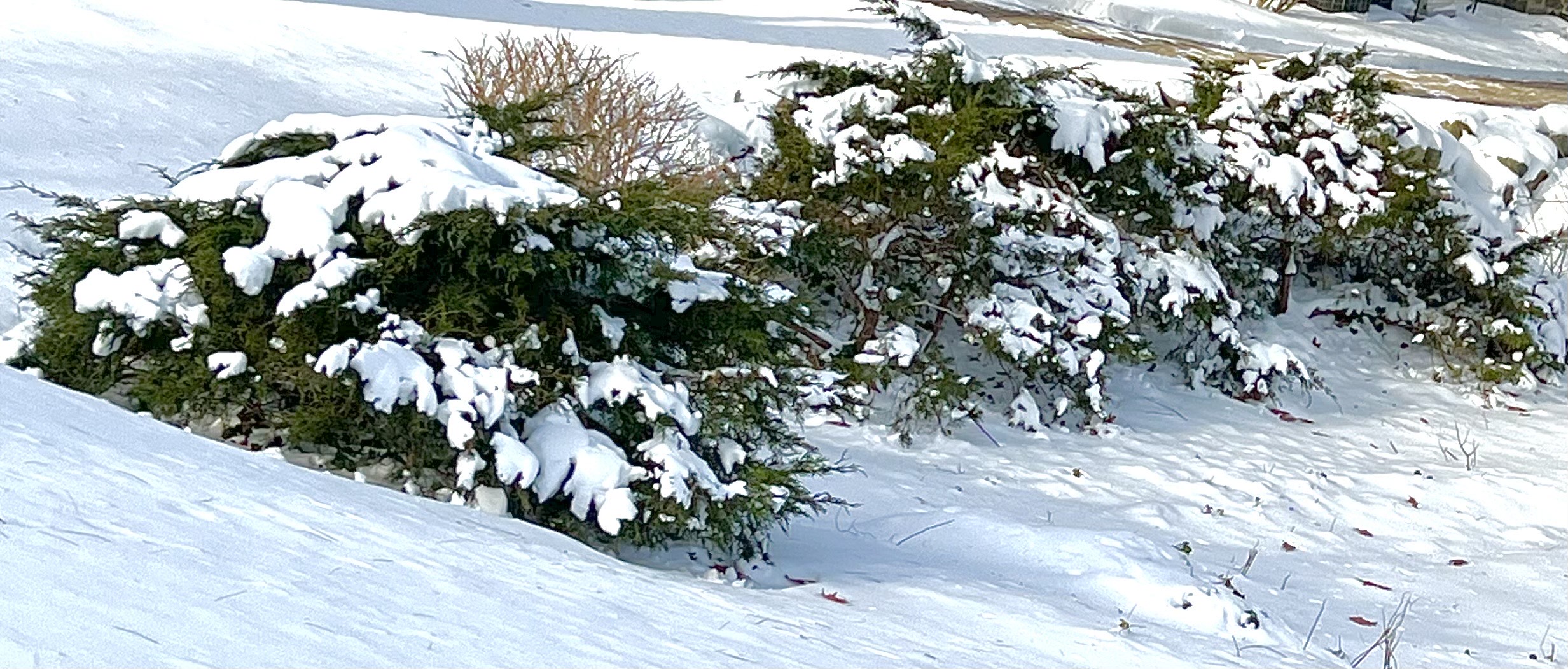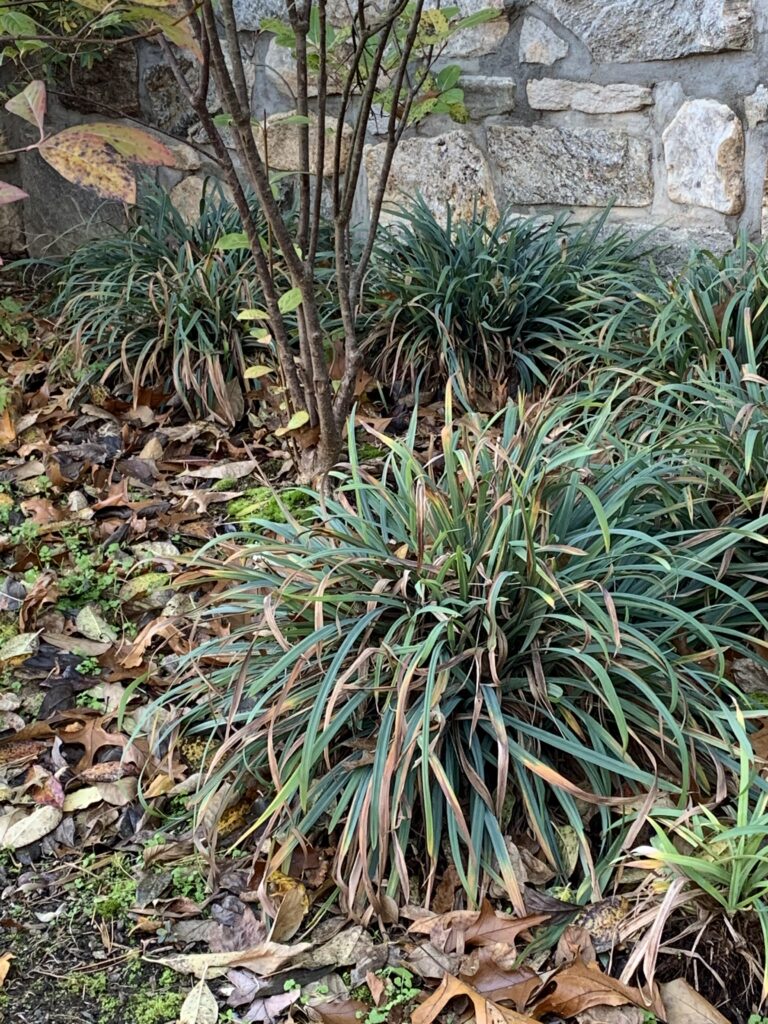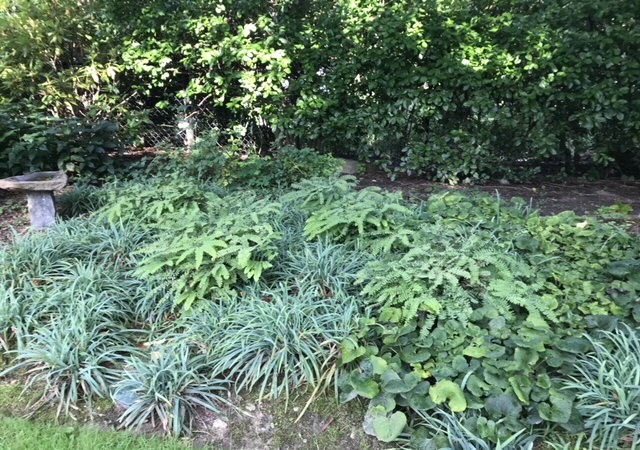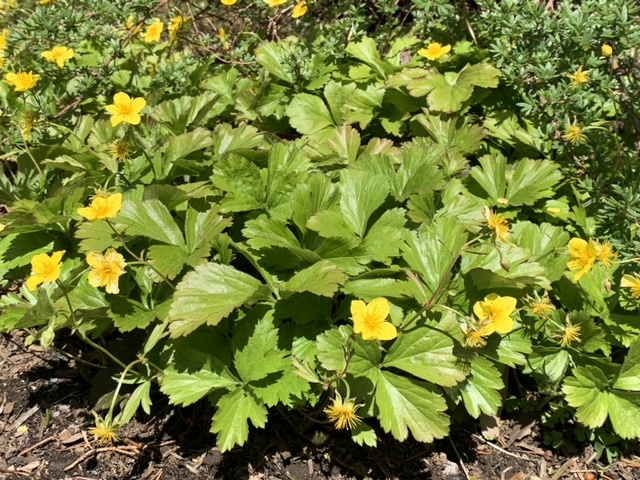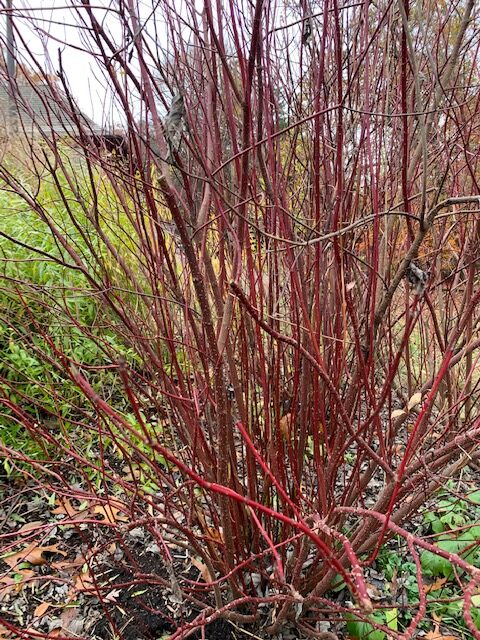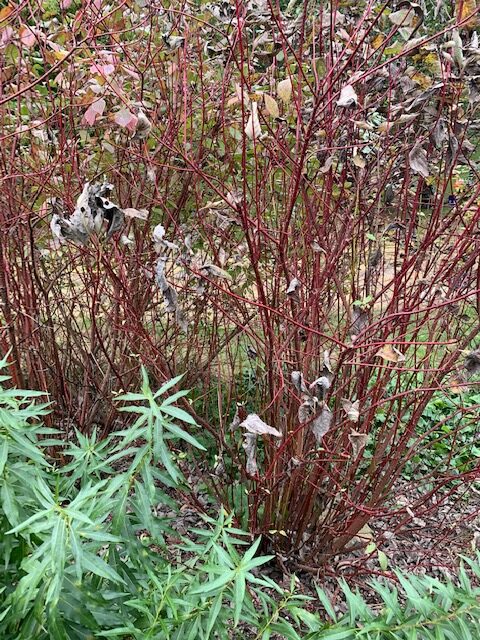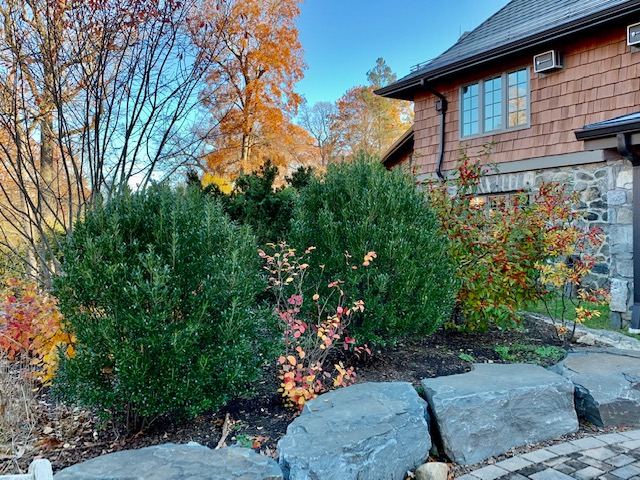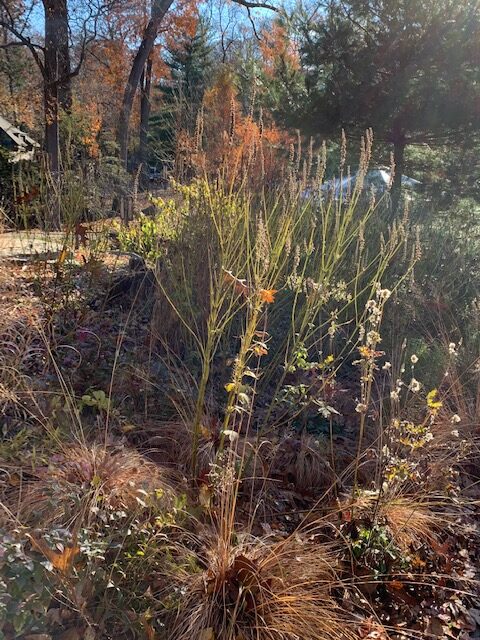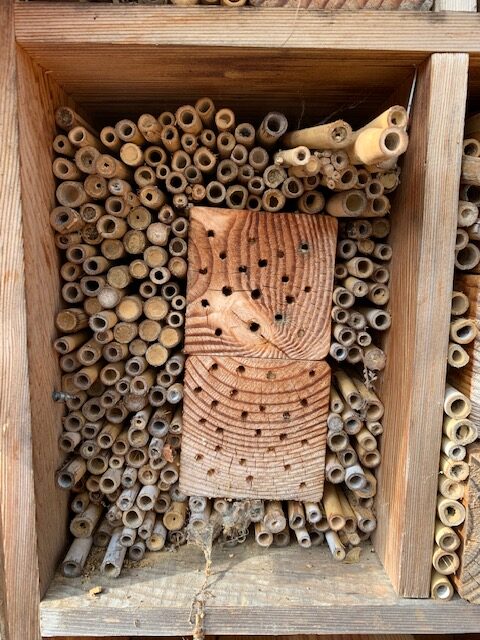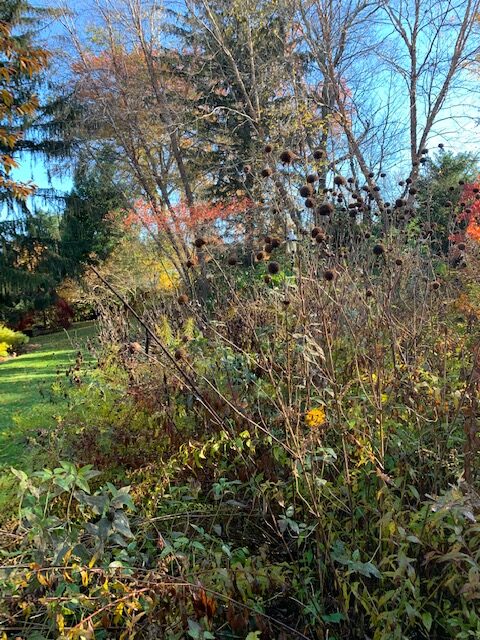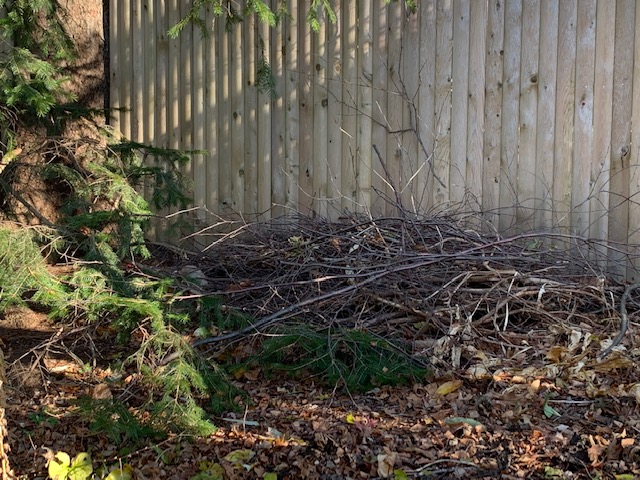Legend tells us that St. Patrick used a shamrock, with its three leaves on a single stem, to teach ancient Celtic peoples about the Christian trinity. There is no agreement among historians, theologians, or botanists, however, as to which specific plant is the legendary Irish shamrock.
Some believe St. Patrick’s shamrock was one of several species of clover (Trifolium spp.) native to Europe and Britain. Others claim that the true Irish shamrock is in the family Oxalis, perhaps due to a report from a 16th Century Englishman who wrote that the Irish ate “shamrocks,” and plants in the Oxalis family were known to be edible. Adding to the confusion, the Irish word “seamróg” means “little clover.”
Today, in honor of St. Patrick’s Day, several Oxalis species are sold as shamrocks both here and in Europe, which just annoys those who insist the traditional shamrock is a clover. In 1988, someone conducted a public opinion poll in Ireland asking which plant is the true shamrock, and the results split among several plants, including two varieties of clover and at least one Oxalis, with no real majority view.
In any case, St. Patrick’s Day seems an appropriate time to nominate an American native plant as the New World shamrock. Yellow Wood Sorrel (Oxalis stricta) is sometimes called “sourgrass,” “pickle plant,” or adding to the general confusion, “lemon clover.” As a candidate for St. Patrick’s Day shamrock, Yellow Wood Sorrel certainly looks the part.

Photo: Ansel Oomen, Bugwood.org
Yellow Wood Sorrel is useful, maybe even pretty if you look closely, and it is found absolutely everywhere. Yes, it is a weed! You’ve probably pulled it out of your lawn, your garden, your containers, your driveway or sidewalk — maybe without knowing or caring what it is.
Like many other weeds, Yellow Wood Sorrel grows in a wide variety of habitats – sun or shade, dry or wet, and rich or poor soil. Each of its 3 leaves has a fold down the middle. At dusk, the leaves close up and stay that way until warmed again by the sun.
The little yellow flowers have 5 petals and bloom from spring through late fall. The plant produces lots of seeds in capsules that stand upright above the foliage. When the seeds are ripe, the capsule explodes, throwing seeds up to 3 feet away!
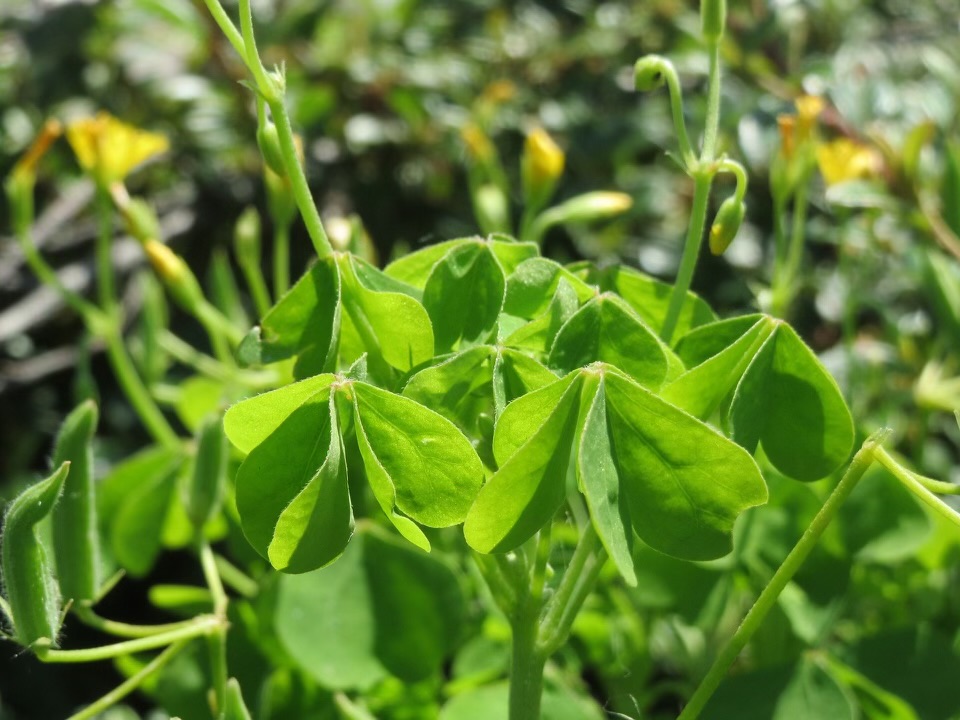
Photo: Courtesy of Pixabay.com
Yellow Wood Sorrel is edible, though in very large quantities it may be mildly toxic. You really should try clipping some tender leaves, or the little yellow flowers, and sprinkling them like micro-greens on top of salads, fish, or chicken. The taste is like lemon, sour and a bit bitter, but refreshing. Tender stems and leaves may be steeped in hot water (a handful of leaves per pint of water) to make a lemonade-type drink high in Vitamin C.
Bees, butterflies, and ants make use of the flowers of Yellow Wood Sorrel, and its long season of bloom means the flowers are available throughout the nectaring season. Perhaps we should be grateful that this weed provides some wildlife benefit by stubbornly popping up in even the most manicured suburban landscapes.
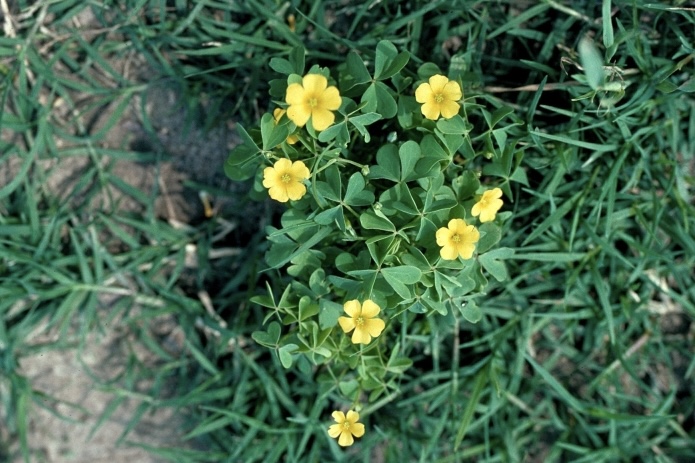
Photo: T. Webster, USDA, Bugwood.org
So, the next time you find yourself pulling Yellow Wood Sorrel from all the places it doesn’t belong, think of it as shamrock and then save a few leaves for your lunch. Sláinte!

